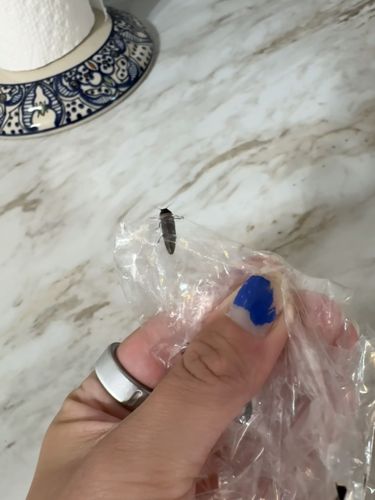Click Beetle
Scientific Name: Family Elateridae
Order & Family: Order Coleoptera, Family Elateridae
Size: Typically 0.2 to 2 inches (5 mm to 50 mm) in length, depending on the species.

Natural Habitat
Found in various habitats including forests, grasslands, gardens, and decaying wood. Larvae often live in soil or rotting wood.
Diet & Feeding
Adult click beetles generally feed on nectar, pollen, decaying plant matter, or sap. Larvae (wireworms) are often subterranean and can be herbivorous, feeding on roots and seeds, or carnivorous, preying on other soil invertebrates.
Behavior Patterns
Click beetles are known for their ability to 'click' and snap themselves into the air when overturned. This is a defensive mechanism or a way to right themselves. Adults are often nocturnal and attracted to lights. Larvae (wireworms) can be destructive agricultural pests.
Risks & Benefits
Potential risks include agricultural damage from wireworm larvae, which can harm crops by feeding on roots and seeds. Benefits include the adult beetles contributing to pollination (though not major pollinators) and the larvae of some species acting as predators of other insect pests. They are generally harmless to humans, though some larger species may give a slight pinch if handled.
Identified on: 9/19/2025